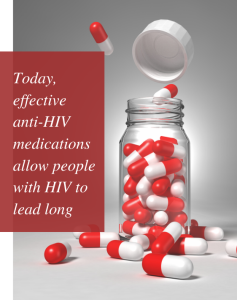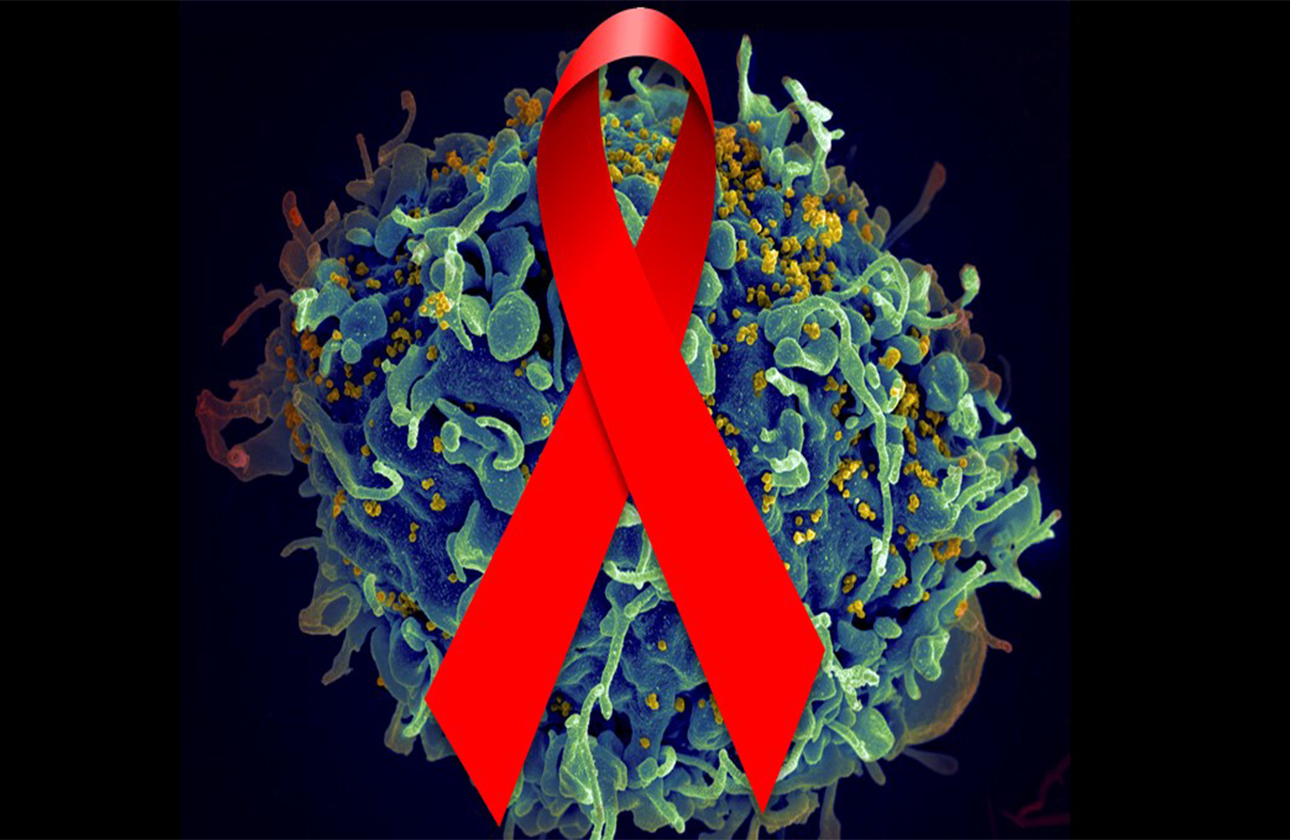HIV, or Human Immunodeficiency Virus, is the virus that causes AIDS (Acquired Immunodeficiency Syndrome) and can be transmitted during sexual intercourse; by sharing syringes; or perinatally during pregnancy, childbirth, or breastfeeding.
Since the first AIDS cases were reported in 1981, HIV/AIDS has been one of humanity’s deadliest and most persistent epidemics. Although extraordinary progress has been made in the fight against new HIV cases and AIDS deaths, the HIV pandemic continues.
What Is HIV Treatment?
HIV treatment primarily involves Antiretroviral Therapy (ART), which consists of a combination of medications designed to control the virus. ART works by reducing the viral load in the body to undetectable levels, allowing the immune system to recover and function effectively. The standard treatment regimen typically includes three or more antiretroviral drugs from at least two different classes to enhance efficacy and reduce the risk of drug resistance.
Today, effective anti-HIV medications allow people with HIV to lead long, healthy lives. When taken as prescribed, these daily medications, called antiretroviral therapy (ART), can suppress the amount of virus in the blood to a level so low that it is undetectable by standard tests. People with HIV who maintain a durably undetectable viral load by taking daily ART cannot sexually transmit the virus, a concept known as “Undetectable=Untransmutable”, or U=U. For those who are HIV-negative, numerous methods of preventing HIV acquisition are available, including pre-exposure prophylaxis (PrEP), post-exposure prophylaxis (PEP), and voluntary adult medical male circumcision.”

“HIV treatment transforms lives, turning a once fatal diagnosis into a manageable condition.”
Understanding HIV Medicine: A Comprehensive Guide
Types of HIV Medications
HIV treatment primarily involves antiretroviral therapy (ART), a combination of medicines used to manage the virus. Here are the main classes of HIV medications:
- NRTIs (Nucleoside Reverse Transcriptase Inhibitors): These drugs block reverse transcriptase, an enzyme that HIV needs to replicate. Examples include:
- Zidovudine (AZT)
- Lamivudine (3TC)
- NNRTIs (Non-Nucleoside Reverse Transcriptase Inhibitors): These also inhibit reverse transcriptase but in a different way than NRTIs. Examples include:
- Efavirenz (EFV)
- Rilpivirine (RPV)
- PIs (Protease Inhibitors): These block the protease enzyme, preventing HIV from maturing and becoming infectious. Examples include:
- Lopinavir/ritonavir (LPV/r)
- Atazanavir (ATV)
- INSTIs (Integrase Strand Transfer Inhibitors): These inhibit integrase, an enzyme that HIV uses to integrate its genetic material into the host’s DNA. Examples include:
- Raltegravir (RAL)
- Dolutegravir (DTG)
- Entry Inhibitors: These prevent HIV from entering the cells. They include:
- Enfuvirtide (T-20)
- Maraviroc (MVC)
“HIV/AIDS is not just a diagnosis; it’s a journey of resilience, hope, and community.”
Importance of Adherence
Adhering to an ART regimen is crucial for effectively managing HIV. Consistent use of medication can lower the viral load to undetectable levels, significantly reducing the risk of transmission to others. This concept is often summarized as “U=U,” meaning “Undetectable = Untransmittable.”
The Benefits of HIV Medicine
- Improved Quality of Life: With effective treatment, individuals living with HIV can maintain their health and live full, productive lives.
- Reduced Transmission Rates: When viral loads are suppressed, the risk of transmitting HIV to partners is greatly diminished.
- Prevention of AIDS: Timely and effective treatment can prevent the progression to AIDS, allowing individuals to avoid serious health complications.
Future of HIV Treatment
The future of HIV medicine looks promising, with ongoing research aimed at developing long-acting injectable therapies, potential vaccines, and even a cure. Innovations in treatment strategies continue to improve outcomes for people living with HIV.
Conclusion
HIV medicine has come a long way, transforming what was once a life-threatening condition into a manageable chronic illness. By understanding the types of medications available and the importance of adherence, individuals living with HIV can take control of their health. With continued advancements in research and treatment, there is hope for an even brighter future in the fight against HIV/AIDS. If you or someone you know is living with HIV, it’s essential to consult healthcare professionals to discuss the best treatment options available.


3 Comments
Lorem ipsum dolor sit amet, consectetur adipiscing elit, sed do eiusmod tempor incididunt ut labore et dolore magna aliqua. Quis ipsum suspendisse ultrices gravida. Risus commodo viverra maecenas accumsan lacus vel facilisis.
Cras maximus ultricies volutpat. Praesent ut enim non enim vulputate fringilla.
Cras maximus ultricies volutpat. Praesent ut enim non enim vulputate fringilla.